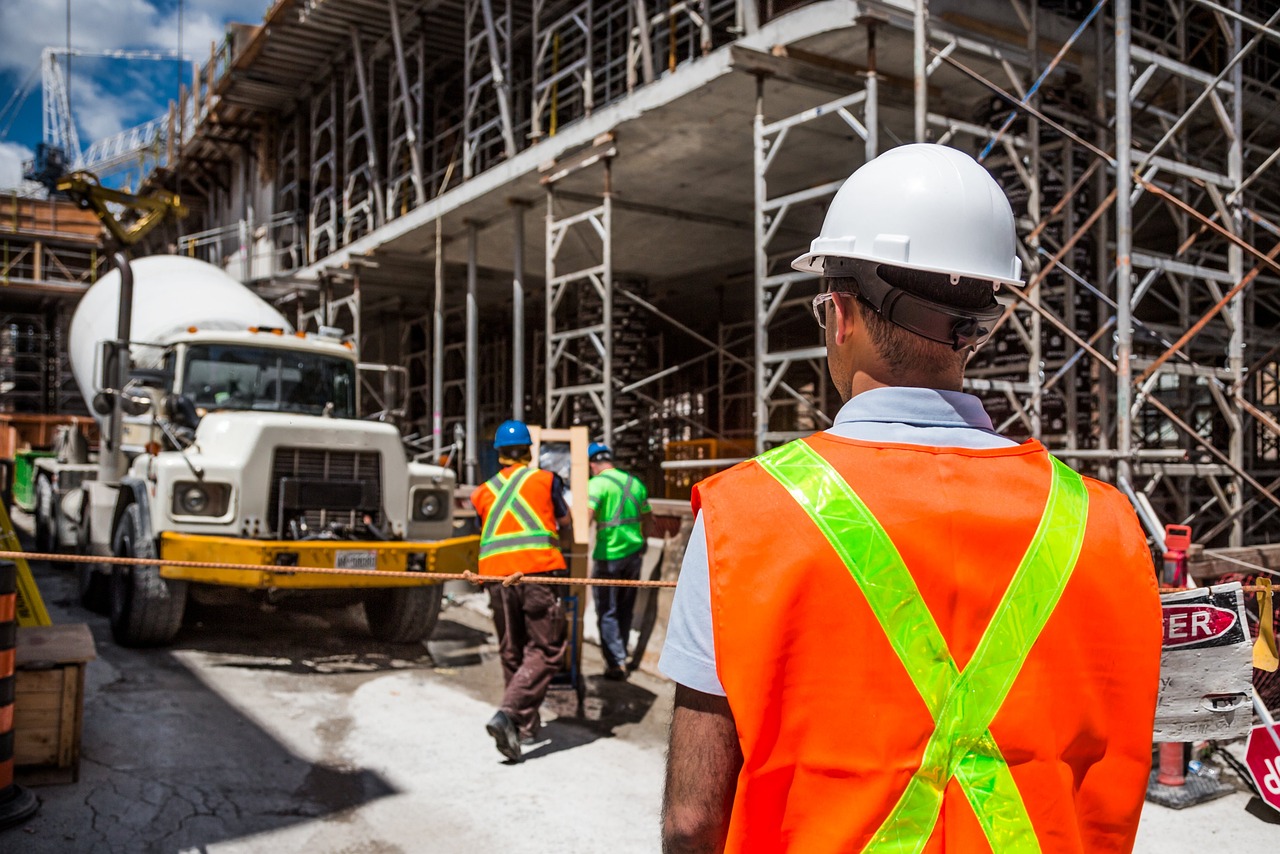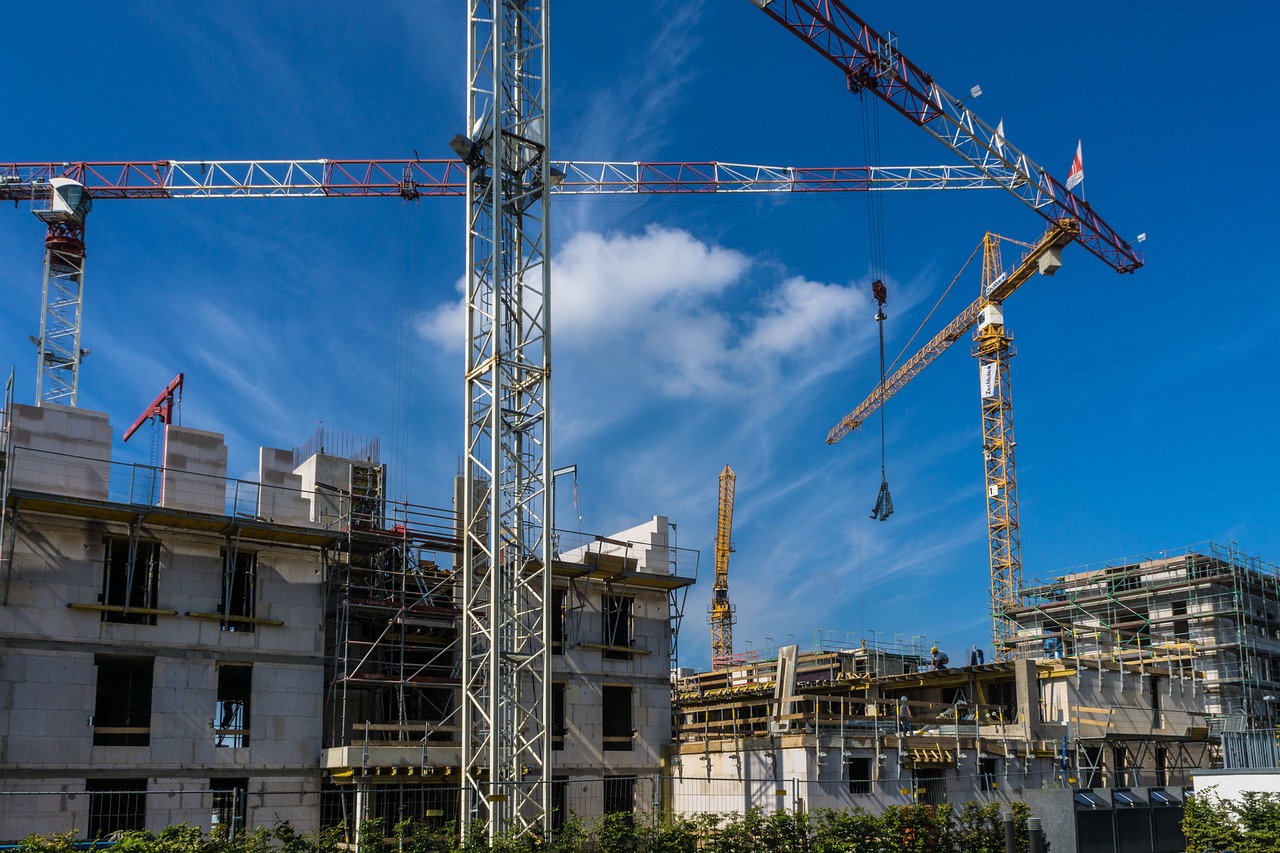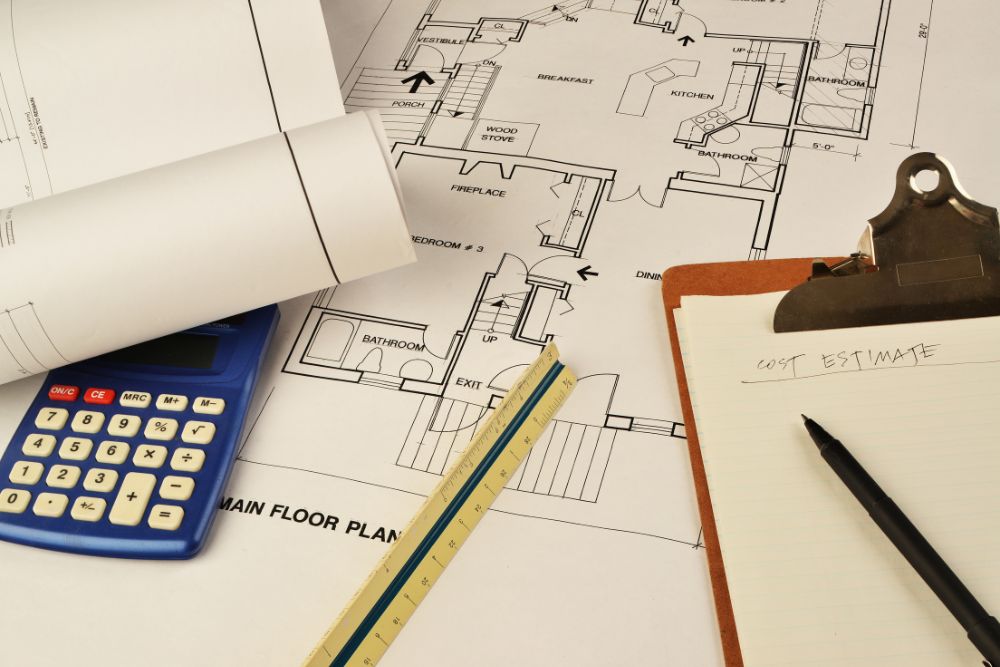Ever wondered why some construction projects go over budget or face unexpected delays? The main source of budget and timeline problems arises from wrong material prediction. Inaccurate estimates of materials during project planning often result in such issues as supply deficits and schedule delays together with additional expenditure needs. Excessive material estimating leads projects to pay more than needed by producing unwanted waste.
Inadequate material estimation creates insufficient projects which waste budgets and causes frustration throughout every project participant from contractors to project managers. The absence of an exact material measurement procedure makes construction teams vulnerable to financial challenges along with operational delays.
In this blog we will discuss what a takeoff in construction represents along with its operational mechanism and demonstrates its indispensable role in maintaining project schedules while controlling expenses.
What Is a Takeoff in Construction?
A construction takeoff, or material takeoff (MTO), is the act of describing and quantifying all of the materials needed for a construction project. From concrete and steel to lumber, pipes, and electrical items, this list includes everything. The reason for a takeoff is to give a precise estimate of material costs and quantities, aiding project teams in planning effectively.
Why Is a Construction Takeoff Important?
- Ensures proper budgeting and cost estimation
- Assists with procurement of materials and negotiation with suppliers
- Minimizes wastage of materials and avoidable expenditure
- Enhances project scheduling and workflow efficiency
The Construction Takeoff Process: A Step-by-Step Guide
Accurate output from a construction takeoff depends on adopting a process-driven strategy. The following instructions provide a step-by-step process for performing a construction takeoff.
Reviewing Project Plans and Specifications
To prepare for a takeoff process, estimators complete in-depth evaluations of the project blueprints as well as drawings and specifications which define the project scope and necessary materials.
Identifying and Counting Materials
Each required material is identified and counted based on the project drawings. Examples include:
- Concrete: Cubic yards needed for foundations
- Lumber: Board feet required for framing
- Steel: Weight and length of rebar for reinforcement
Measuring Quantities
Measurements are taken manually using traditional methods (ruler, scale, and paper) or with digital tools like takeoff software to enhance accuracy.
Integrating Takeoff Data into an Estimate
Once material quantities are determined, the data is used to create a cost estimate by factoring in unit costs, labor, and contingencies.
Construction Takeoff vs. Estimate: What’s the Difference?
While takeoffs and estimates are closely related, they are not the same.
| Aspect | Construction Takeoff | Estimate |
| Purpose | Quantifies materials | Determines overall project cost |
| Includes | Material quantities | Material + labor + overhead costs |
| Focus | Accuracy of measurements | Budget planning and profitability |
A takeoff is the foundation of an estimate, as it provides the necessary data to calculate total project costs.
Types of Construction Takeoffs Explained
There are several types of construction takeoffs, depending on what needs to be measured:
Material Takeoff (MTO)
- The most common type of takeoff
- Includes raw materials such as concrete, wood, steel, and electrical components
Labor Takeoff
- Estimates the number of workers needed for specific tasks
- Helps in scheduling and workforce allocation
Equipment Takeoff
- Identifies machinery and tools required for the project
- Ensures availability and rental cost estimations
How to Perform a Construction Takeoff Accurately
To achieve the most precise takeoff results, follow these best practices:
- Use Digital Takeoff Software: Enhances speed and accuracy while minimizing human error.
- Double-Check Quantities: Cross-check measurements with project specifications to ensure accuracy.
- Consider Wastage and Contingencies: Include an extra percentage for cutting waste and potential material damage.
- Collaborate with Suppliers: Confirm material availability and pricing to prevent budget overruns.
The Rise of Digital Takeoffs: Transforming the Industry
Technology has revolutionized the way construction takeoffs are performed. Digital takeoff software has significantly improved accuracy and efficiency.
Benefits of Digital Takeoffs:
- Speeds up the takeoff process
- Reduces manual errors
- Automatically calculates material costs
- Integrates with estimating and project management software
Some of the Top Digital Takeoff Software Solutions Include:
- PlanSwift
- Bluebeam Revu
- Stack
- On-Screen Takeoff
Why Construction Takeoffs Are Essential for Project Success
A well-executed construction takeoff ensures:
- Better Cost Control: Avoids unexpected budget overruns
- Time Efficiency: Reduces delays in procurement and material delivery
- Resource Optimization: Minimizes material waste and enhances productivity
Without accurate takeoffs, projects can suffer from mismanaged budgets, material shortages, and scheduling conflicts.
Conclusion
A precise construction takeoff is the key to a successful project. Whether it is a single residential construction or a massive commercial project, accurate takeoffs manage costs, reduce wastage, and enhance efficiency.
At Prime Estimation, we are experts at providing precise and thorough construction takeoffs to maintain your projects on schedule and within budget. Using the most advanced digital tools and industry knowledge, we guarantee accuracy in every estimate.
FAQs
What is the main purpose of a construction takeoff?
A construction takeoff assists in the determination of the precise amount of materials that a project will require, proper budgeting, procurement, and cost control.
How can Prime Estimation assist with takeoffs?
Prime Estimation specializes in providing detailed and accurate takeoffs using advanced digital tools to help keep projects on time and within budget.
What happens if the takeoff is not accurate?
Incorrect takeoff measurements can result in material damage, work schedule delays, budget overruns, and unnecessary resource use.











